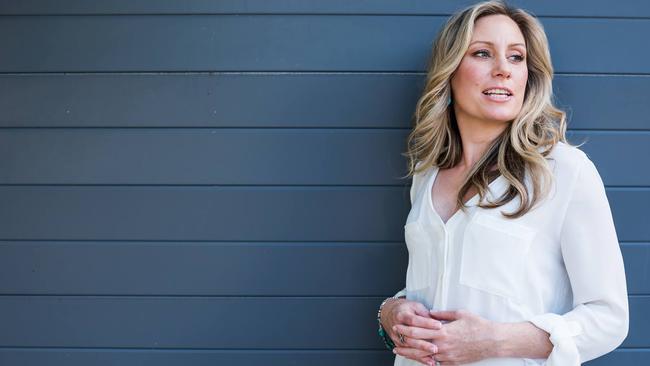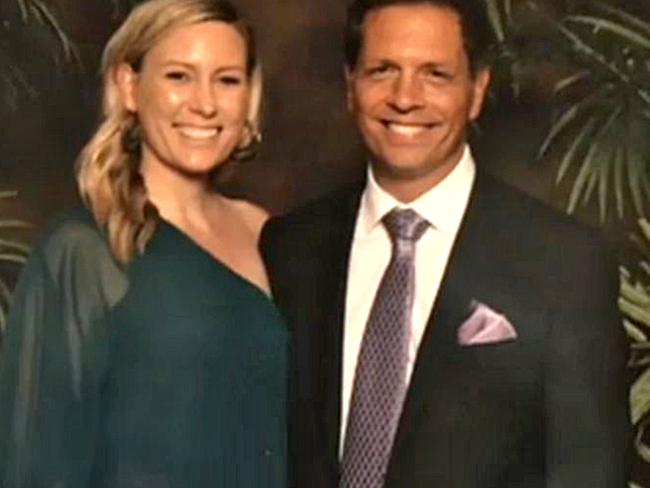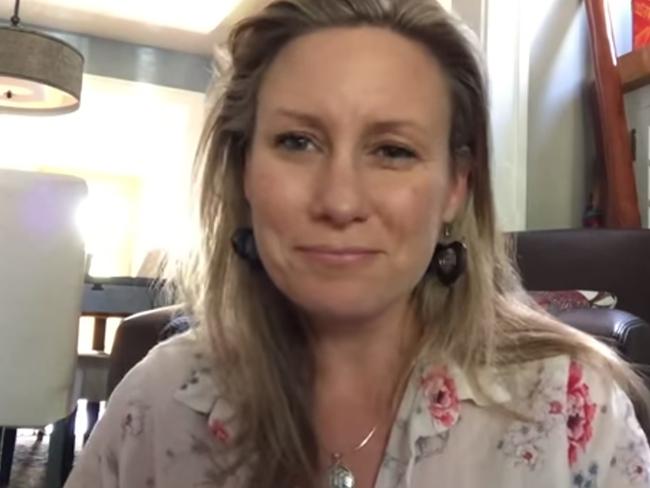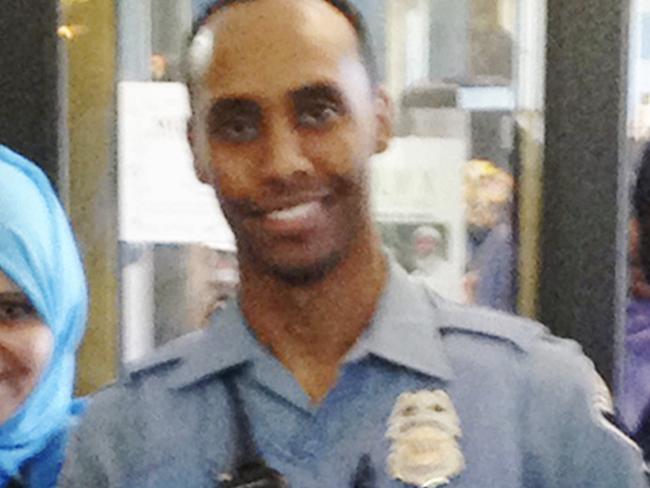Justine Damond shooting: Stricter body camera rules ordered as investigation continues
THE fallout from Justine Damond’s shooting continues, as it is revealed the US city where she was killed could be facing a massive bill.

THE police force at the centre of a shooting death of Australian woman Justine Damond will now have turn their body cameras on when they respond to calls or pull over cars.
Acting police chief Medaria Arradondo said Minneapolis police will now face stricter requirements following the fatal shooting of Ms Damond.
The 40-year-old was shot and killed by police officer Mohamed Noor on July 15 after she called 911 to report a possible sexual assault happening outside her home. Police were wearing body cameras but they weren’t switched on.
Meanwhile it has emerged the Australian woman’s family could receive over $3.7 million in damages over her death.
In a similar police shooting death in Minneapolis last year, 32-year-old Philando Castile was killed, but his wrongful death payout was capped at $3.74m (US$3m) because there is a cap on civil suits from that particular part of the city.
Ms Damond’s family and her fiance, Don Damond have reportedly hired top lawyer Bob Bennett who represented Valerie Castile following the shooting death of her son, Philando, by a police officer from St Anthony, Minnesota.
Mr Bennett told News Corp that no civil lawsuit had been filed as yet, but any damages would not be capped at the $US3 million the Castile’s received because Justine was killed in a wealthier area of Minesota that didn’t face the same cap in payouts.
Under Minnesota law, the payout is dictated by the wealth of the district.

INVESTIGATIONS ON WHY SHE WAS SHOT CONTINUE
While the man who pulled the trigger, Officer Noor, still hasn’t spoken about the reasons he did it, speculation has increased that a woman approached the back of a Minneapolis police car and “slapped” it shortly before the fatal shooting.
Noor’s partner, Officer Matthew Harrity, told investigators he was startled by a loud noise right before Ms Damond approached their police SUV.
Noor, who was in the passenger seat, shot the Australian woman through the driver-side window.
A search warrant filed by the Minnesota Bureau of Criminal Apprehension did not say whether the slap was the loud noise Mohamed Noor’s partner Matthew Harrity described, or whether the woman was Ms Damond.
CAMERA CRITICSM
Ms Damond’s shooting sparked a storm of criticism directed at the officers involved who had not activated their cameras.
The new stricter requirements will take effect from Saturday, Chief Arradondo said.
Officers who violate them could face discipline ranging from one-day suspensions to firing, he said.
“Many of our officers are using their cameras a lot, and as they’re intended to be used,” he said.
“But there are some officers, quite frankly, that are not using them nearly enough.”
Mayor Betsy Hodges expressed frustration that despite all the time, money and energy the city has put into deploying body cameras, “we did not have body camera footage in an incident where it mattered a great deal.”
Before she resigned at the mayor’s request last week, former police Chief Janee Harteau said the officers’ cameras should have been on.

Minneapolis launched a body camera pilot project in November 2014, just months after the fatal police shooting of Michael Brown in the St Louis suburb of Ferguson, Missouri, and the cameras have been deployed department-wide for about eight months.
The old policy required officers to turn on their cameras in more than a dozen situations, including for a traffic stop, search of a person or building, any contact involving criminal activity and, if possible, before the use of force.
The amended policy gives officers less leeway and states officers should activate their cameras immediately upon being dispatched to a call, when self-initiating a call such as a traffic stop, before taking any law enforcement action, before making investigatory contacts, when any situation becomes adversarial, and before assisting citizens except for providing basic advice such as directions.

Telling officers to activate their cameras when they’re dispatched is consistent with Justice Department best-practice guidelines, said Chuck Wexler, executive director for the Police Executive Research Forum.
Since officers don’t know what they may face when they arrive at the scene, the last thing they should worry about is turning them on, he said.
Robert Bennett, an lawyer for Ms Damond’s family, said the new policy seems to be a clarification of what was already in place.
“It eliminates any discretionary thoughts that officers might have had in misconstruing the prior policy,” he said.
“Their cameras were supposed to have been on when they went into that alley.”
— with staff writers



